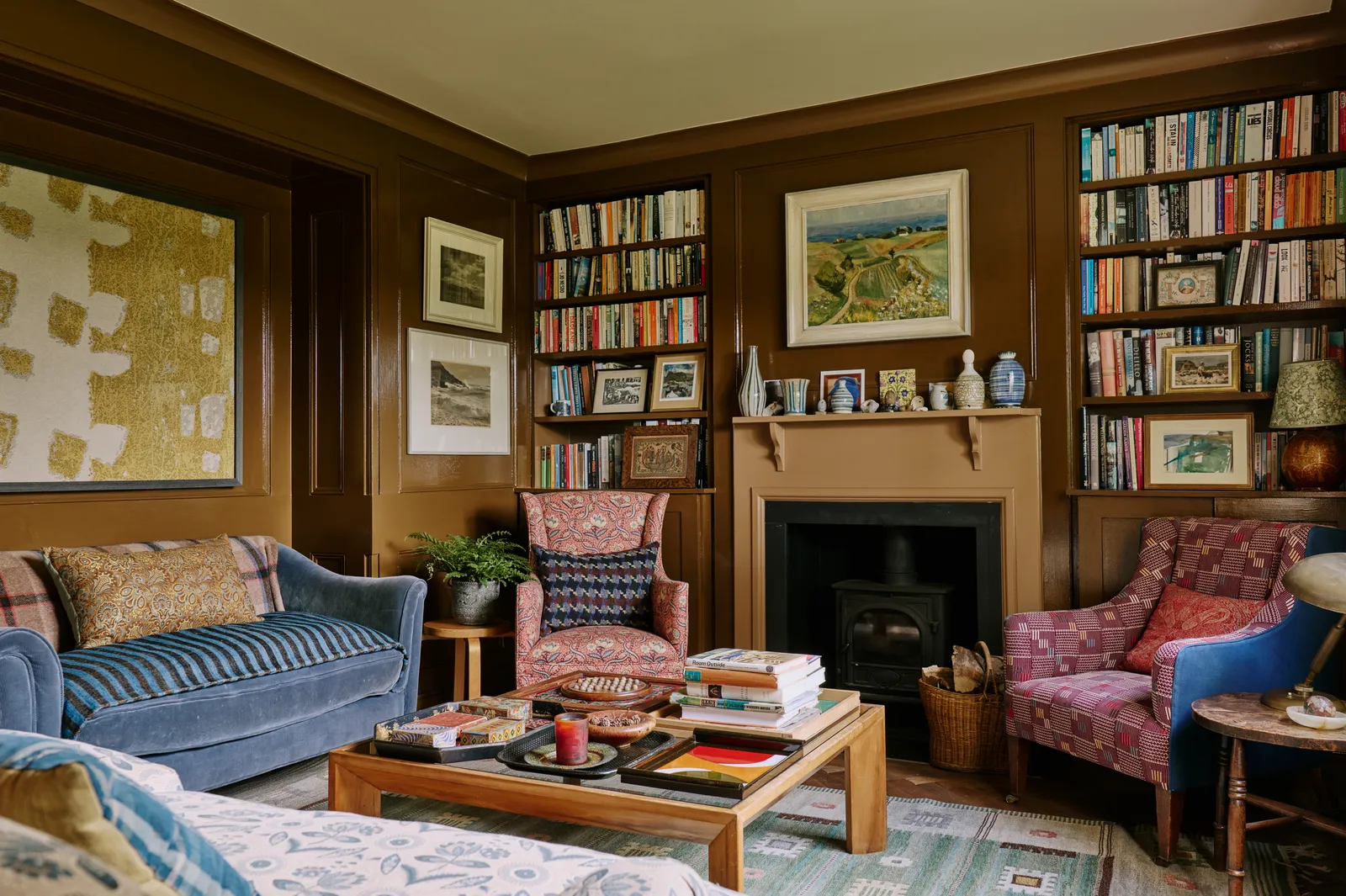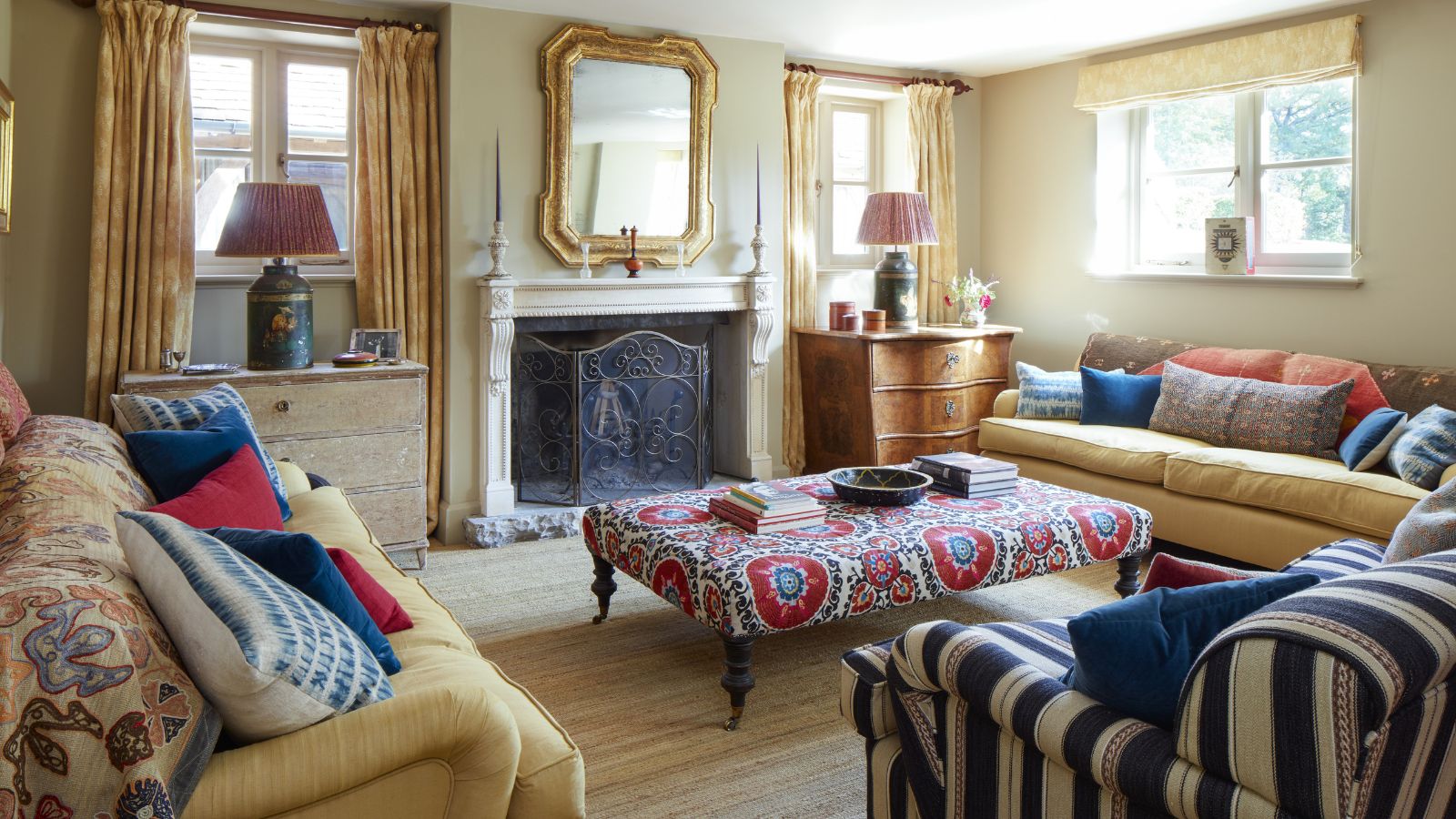When my granddaughter asked me to teach her sewing last spring, I remembered my own start with needle and thread. Back then, my mother handed me scraps of fabric and showed me how to make simple things. Now, after many years of working with fabrics, I want to share the projects that helped me learn and that I still recommend to anyone starting their sewing journey. These aren't complicated patterns that need expensive machines or special tools. They're the kind of projects you can finish in an afternoon while learning skills you'll use forever.
Starting to sew can feel overwhelming when you look at all the fancy equipment in stores or see complicated patterns online. But the truth is, you don't need much to begin. A basic sewing machine, some fabric, thread, scissors, and pins will get you through most beginner projects. I've seen people spend hundreds of dollars on supplies before making their first stitch, then getting frustrated when things don't turn out perfect. The best way to learn is by doing simple projects that teach you one or two new skills at a time.
Living in Canada, we have good access to fabric stores in most cities, and online shopping has made it even easier to find materials. The projects I'm sharing work well with fabrics you can find at any craft store, and many of them use cotton which is forgiving for beginners. Cotton doesn't slip around like silk, and it doesn't stretch unpredictably like jersey knits. It stays where you put it, which makes learning much easier.
What I love most about these projects is that they're actually useful. You're not making practice squares that sit in a drawer. You're creating things you can use in your home, give as gifts, or wear yourself. This keeps you motivated to finish and helps you see the value in learning each new technique. Let me walk you through my favorite beginner projects, starting with the simplest and building up to slightly more challenging ones.
Simple Drawstring Bag
This is where I start everyone, including my granddaughter. A drawstring bag teaches you the most basic sewing skills without requiring perfect precision. You're working with rectangles, which means you don't need to cut curves or match complicated pieces. The project uses straight seams, and even if your stitching wanders a bit, the bag still works perfectly fine.
For this project, you need two rectangles of fabric about twelve inches by sixteen inches. Cotton works best, and you can use printed fabric to hide any uneven stitching while you're learning. You'll also need about a yard of ribbon or cord for the drawstring. The basic steps involve sewing the two rectangles together on three sides, creating a casing at the top for your drawstring, and threading the cord through. That's it.
What makes this project valuable is that it teaches you several fundamental skills. You learn how to pin fabric pieces together, how to sew a straight seam with your machine, how to backstitch at the beginning and end of seams to secure them, and how to create a channel for threading. These same techniques show up in almost every sewing project you'll ever do. Once you finish your first bag, you'll probably want to make more because they're so useful for storing everything from craft supplies to produce from the market.
I keep drawstring bags in my car for groceries, use them for gift wrapping, and have several in my craft room for organizing supplies. They wash well, last for years, and take maybe an hour to make once you know what you're doing. Your first one might take two hours, and that's perfectly normal. Don't rush through it. Pay attention to how the fabric moves under your presser foot and how the machine sounds when it's sewing properly.
Kitchen Towels with Decorative Edges
After mastering the drawstring bag, kitchen towels are a natural next step. They teach you about hemming, which is finishing the raw edges of fabric so they don't fray. You're still working with rectangles, but now you're learning how to create neat, professional-looking edges. This skill is essential for almost everything you'll sew in the future.
You can buy linen or cotton fabric by the yard for this project. I usually get fabric that's already about the right width for a kitchen towel, maybe eighteen to twenty inches wide, so I only need to hem the top and bottom edges. If you want to make it more interesting, you can add decorative stitching or attach bias tape to one or both edges. Bias tape comes pre-folded at fabric stores and adds a nice pop of color or pattern.
The technique for hemming is simple but requires practice to do neatly. You fold the raw edge of the fabric over by about a quarter inch and press it with an iron. Then you fold it over again by another quarter inch and press again. This hides the raw edge inside the fold. Pin it in place and sew along the inner edge of the fold. The result is a clean, finished edge that won't unravel in the wash.
Kitchen towels are wonderful beginner projects because you use them every day and see the results of your work. They also make excellent gifts. I've made sets of towels for wedding gifts, housewarming presents, and holiday gifts. People appreciate handmade items for their kitchen, and towels are practical enough that they actually get used. Plus, if your first attempt isn't perfect, you can still use it yourself while you practice making better ones.
Simple Throw Pillows
Throw pillows might seem more advanced, but they're actually quite manageable for beginners. They teach you about working with corners and turning your work right-side out, which are important skills. You also learn about stuffing or inserting pillow forms, and you can choose whether to add a zipper or just hand-stitch the opening closed.
For your first pillow, I recommend starting with a simple envelope-style pillow cover. This design doesn't require zippers or buttons. You cut three pieces of fabric instead of two, and the back pieces overlap to create an opening you can slip the pillow form through. The overlapping pieces stay closed because of the tension, but you can remove the cover for washing.
The standard size for throw pillows in Canada is about eighteen inches square, which is the size of most pillow forms you'll find in stores. Cut your front piece to nineteen inches square to allow for seam allowances. For the back pieces, cut two rectangles that are nineteen inches by fourteen inches each. When you overlap them, they create a square the same size as your front piece.
Sewing the pillow involves pinning all three pieces together with right sides facing inward and sewing around all four edges. When you turn it right side out through the opening in the back, you have a finished pillow cover. The corners need to be pushed out carefully to make them crisp and square. I use a chopstick or the blunt end of a pencil for this. Your first corners might not be perfectly sharp, but with practice, you'll develop a feel for it.
Basic Tote Bag
Once you're comfortable with straight seams and basic construction, a simple tote bag is a great project that combines everything you've learned. It's still essentially rectangles sewn together, but now you're adding handles and learning how to reinforce stress points. These skills prepare you for more complex projects later.
A basic tote bag needs two rectangles for the front and back, two narrower rectangles for the sides if you want a bag with depth, and two long strips for handles. I usually make my totes about fifteen inches tall and thirteen inches wide, with sides that are about four inches deep. This creates a good-sized bag for groceries, library books, or craft projects. You can adjust these measurements based on what you plan to carry.
The new skill here is attaching and reinforcing the handles. Handles take a lot of stress when you fill a bag, so you need to sew them on securely. I teach people to sew a rectangle at each handle attachment point, then add an X inside the rectangle for extra strength. This creates what's called a box stitch, and it's standard for anything that needs to be durable.
I use medium-weight cotton canvas for tote bags because it's sturdy enough to hold weight but still easy to sew through. You can find canvas at most fabric stores in Canada, and it comes in lots of colors and patterns. If you want to make your tote more interesting, you can add pockets inside or out, but start with the basic version first. A simple, well-made tote bag will serve you for years and is something you can feel proud of carrying around.
Elastic Waist Skirt
This is usually the first garment I recommend to beginners because it requires minimal fitting and no complicated closures like zippers or buttons. An elastic waist skirt teaches you how to work with curves, how to gather fabric, and how to sew elastic into a waistband. These are all skills you'll use for making other clothes later.
The simplest version uses just two rectangles of fabric sewn into a tube, with the top folded over to create a casing for elastic. The width of your fabric determines how full and gathered your skirt will be. For a moderately full skirt, I use fabric that's about one and a half times my hip measurement. The length is up to you, plus a few inches for the waistband casing and hem.
The tricky part for beginners is usually measuring and cutting the elastic to the right length. It needs to be comfortable around your waist without being too tight or too loose. I tell people to cut it about two inches smaller than their waist measurement, but everyone's comfort level is different. Try it on before you sew the ends together to make sure it feels right.
What I love about this project is that you end up with something you can actually wear. It might not be the fanciest skirt you own, but it's comfortable, and it's something you made yourself. That feeling of putting on a garment you created from flat fabric is really special. Plus, once you know how to make one elastic waist skirt, you can make them in different fabrics and lengths. They're comfortable for working at home, and with the right fabric, nice enough to wear out.
Simple Table Runner
Table runners are excellent projects for practicing precision. Unlike bags or pillows where a little unevenness doesn't matter much, a table runner sits flat where everyone can see it. This encourages you to work more carefully and pay attention to details like making sure your corners are exactly ninety degrees and your edges are perfectly straight.
A basic table runner is just a long rectangle with finished edges. You can make it as simple or as fancy as you want. The simplest version has hemmed edges like the kitchen towels. A fancier version might have quilted layers or decorative stitching down the center. For your first one, I recommend keeping it simple and focusing on making everything neat and even.
Standard table runner sizes vary, but a good general size is about fourteen inches wide and anywhere from thirty-six to seventy-two inches long, depending on your table. I usually make mine to hang about six inches off each end of the table. Choose fabric that coordinates with your dining room or kitchen, or make seasonal runners that you can change throughout the year.
The value in this project is learning patience and precision. When you're sewing something that will be displayed, you naturally pay more attention to making your stitches straight and your corners sharp. This attention to detail carries over to other projects and helps you develop good habits. Plus, a handmade table runner adds a personal touch to your home and makes a wonderful gift for weddings or housewarmings.
Tips for Success with Beginner Projects
After teaching sewing to quite a few people over the years, I've noticed some common challenges that beginners face. The first is expecting perfection immediately. Your first few projects won't look like they came from a store, and that's perfectly fine. Each project teaches you something new, and you'll see improvement with every piece you complete. I still have the first drawstring bag I made, and while it's lumpy and the seams are crooked, it reminds me that everyone starts somewhere.
Another common issue is not pressing fabric as you go. Many beginners skip ironing because it seems like extra work, but pressing your seams makes a huge difference in how professional your finished project looks. When you sew a seam, press it flat first, then press it open or to one side as the pattern directs. This creates crisp, flat seams instead of puffy, uneven ones. I keep my iron and ironing board right next to my sewing machine so I can press as I work.
Choosing the right fabric for each project matters too. Beginners often pick fabrics that are too slippery, too stretchy, or too thick for their skill level. Stick with medium-weight cotton for your first projects. It's easy to work with, forgiving of mistakes, and available in endless colors and patterns. As you gain confidence, you can experiment with more challenging fabrics like silk, knits, or heavy canvas.
Finally, don't be afraid to make mistakes. Seam rippers exist for a reason, and every experienced sewer uses them regularly. If something doesn't look right, rip it out and try again. The fabric doesn't care how many times you've sewn and removed stitches. Each time you redo something, you're learning what works and what doesn't. This trial and error process is how you develop good instincts for sewing.
Building Your Skills Gradually
The projects I've shared are arranged roughly in order of difficulty, but everyone learns differently. Some people find working with corners easy but struggle with elastic, while others breeze through garments but find home decor projects challenging. Pay attention to which techniques feel comfortable and which ones need more practice.
I recommend completing at least two or three of each type of project before moving on to something more complex. Your second tote bag will be noticeably better than your first, and your third will be better still. This repetition builds muscle memory and helps you develop a rhythm with your sewing machine. You'll start to anticipate problems before they happen and know how to fix issues when they come up.
As you work through these projects, you'll naturally start thinking about what you want to make next. Maybe you'll see a dress pattern that doesn't seem quite so intimidating anymore, or you'll think about making curtains for your bedroom. These beginner projects give you the foundation to tackle more ambitious sewing with confidence.
Consider keeping a sewing journal where you note what you learned from each project, what went well, and what you'd do differently next time. This helps you remember techniques and track your progress. I started doing this a few years ago, and it's interesting to look back and see how my skills have developed. It's also helpful when I want to make something again and can't quite remember how I did a particular step.
Starting your sewing journey with simple, practical projects sets you up for long-term success and enjoyment. These aren't just practice exercises but useful items that serve a purpose in your daily life. Each completed project builds your confidence and teaches you skills that you'll use in more complex work later. The drawstring bag teaches basic construction, kitchen towels teach hemming, pillows teach corners and turning, tote bags teach reinforcement, skirts introduce garment-making, and table runners develop precision.
What matters most is that you start sewing and keep practicing. Don't worry about having the fanciest equipment or the most expensive fabrics. Work with what you have, learn from your mistakes, and enjoy the process of creating something with your own hands. The sewing community in Canada is welcoming and helpful, whether you connect with people online or join a local group. Most fabric stores offer classes or can point you toward resources for beginners.
Remember that every expert sewer was once a beginner who didn't know how to thread a machine or sew a straight seam. The difference between them and someone who never learns is simply that they kept going. They made mistakes, learned from them, and kept sewing. You can do the same thing. Pick one of these projects that appeals to you, gather your materials, and start stitching. Before you know it, you'll have a collection of handmade items and a valuable skill that brings creativity and satisfaction into your life.




